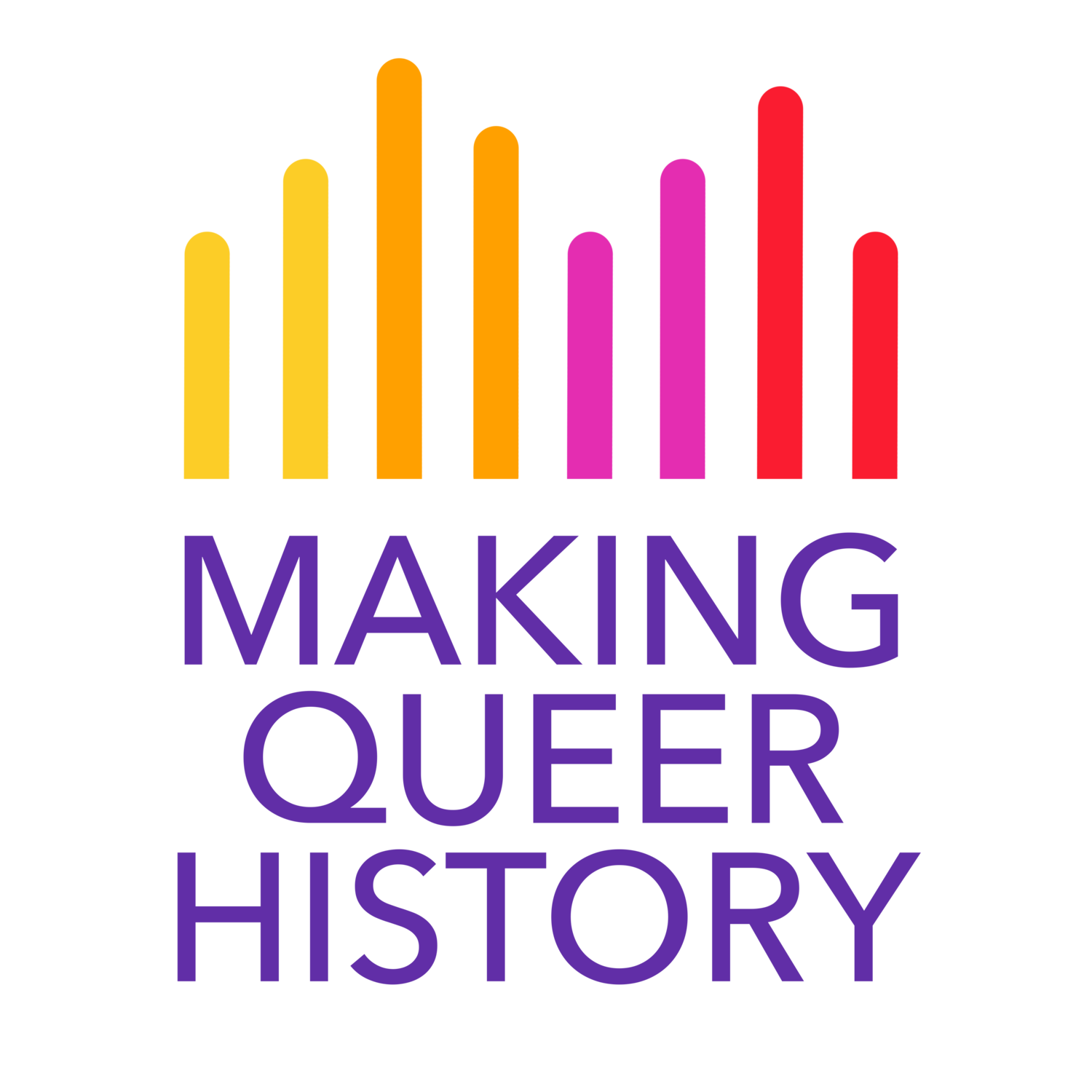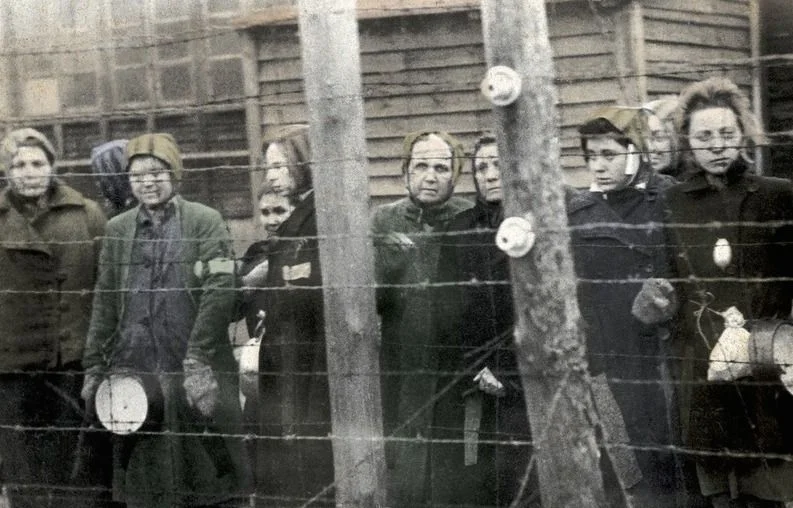Content warning for sex trafficking, corrective rape, forced pregnancy
Continuing our World War II series, we're looking at the often glossed over experiences of queer women and AFAB people during World War II. This suffering is not to be taken lightly, and it would be irresponsible of us to overlook this part of history. It would be equally irresponsible, however, to go on without warning readers. Take care of yourselves, and if you're unable to continue reading, we'll be discussing the life and work of Josephine Baker next week.








